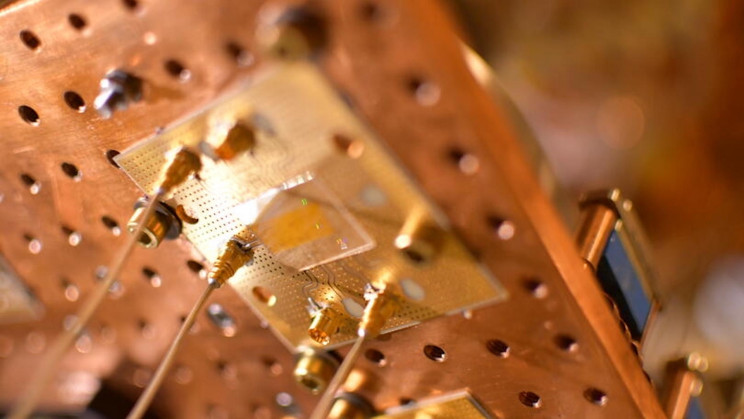Breakthrough in Heart Attack Diagnosis
A breakthrough in heart attack diagnosis has been achieved by researchers at the University of California, Los Angeles (UCLA). They have developed a paper-based sensor that can detect heart attack biomarkers in a remarkably short time—just 15 minutes. This innovative technology could revolutionize emergency medicine by providing faster and more accessible testing.
The new sensor operates using a vertical flow assay (VFA) on paper. It identifies cardiac troponin I (cTnI), a protein that enters the bloodstream when heart muscle is damaged. This cutting-edge platform combines two advanced technologies: deep learning algorithms and nanoparticle amplification chemistry. Notably, the sensor can achieve a detection limit as low as 0.2 picograms per milliliter.
Rapid Detection Process
This method involves applying a sample to the paper, which then flows through a series of channels. As the sample moves, it interacts with specific biomarkers, triggering a detectable signal. This rapid detection process holds significant promise for improving heart attack diagnosis and treatment.
Key Benefits of the Paper-Based Sensor
- Speed: The ability to detect biomarkers in under 15 minutes could significantly reduce the time to diagnosis and treatment.
- Portability: The paper-based format makes the sensor highly portable, potentially enabling testing in remote or resource-limited settings.
- Cost-effectiveness: Paper-based sensors are generally less expensive to produce than traditional laboratory tests, making them more accessible.
This groundbreaking research marks a significant step forward in the development of point-of-care diagnostics. By providing rapid and accurate heart attack testing, this technology could save lives and improve patient outcomes.







